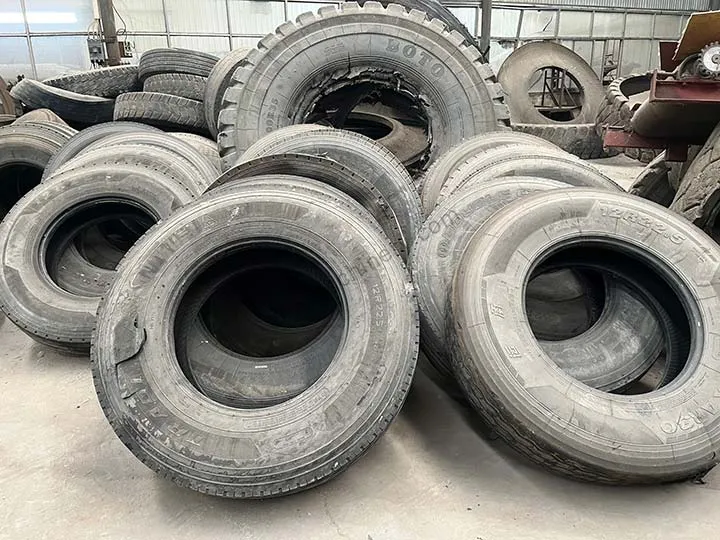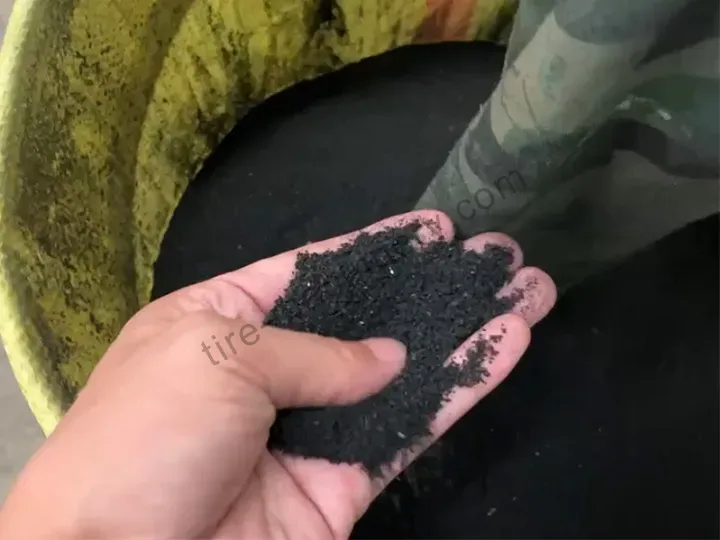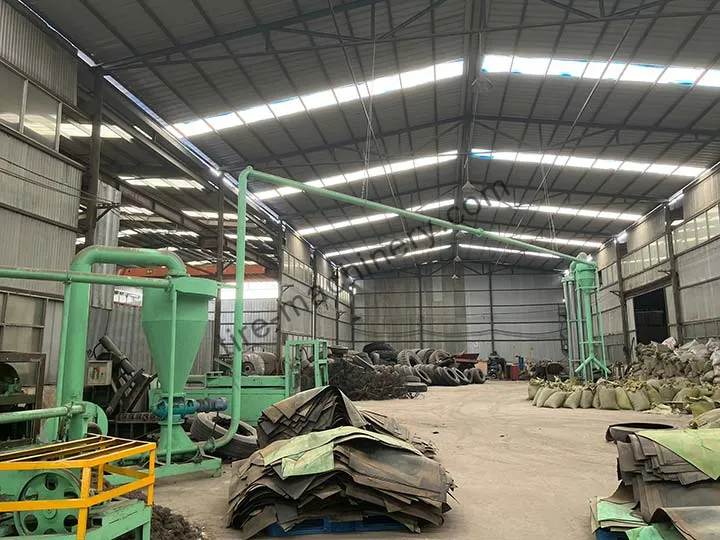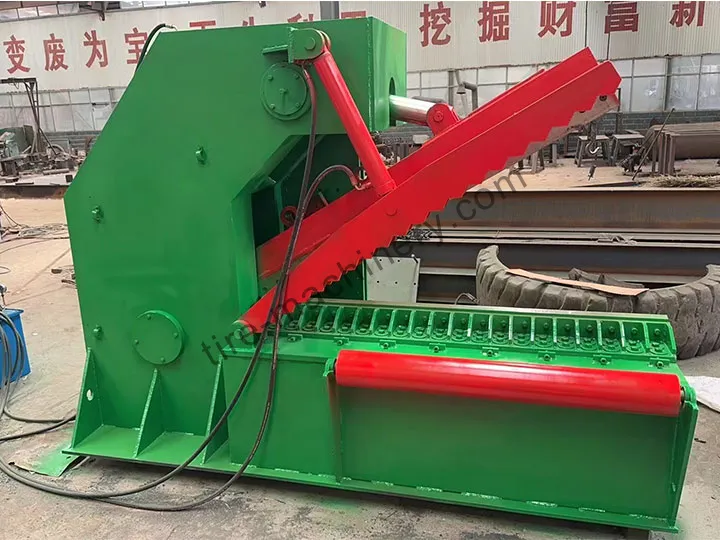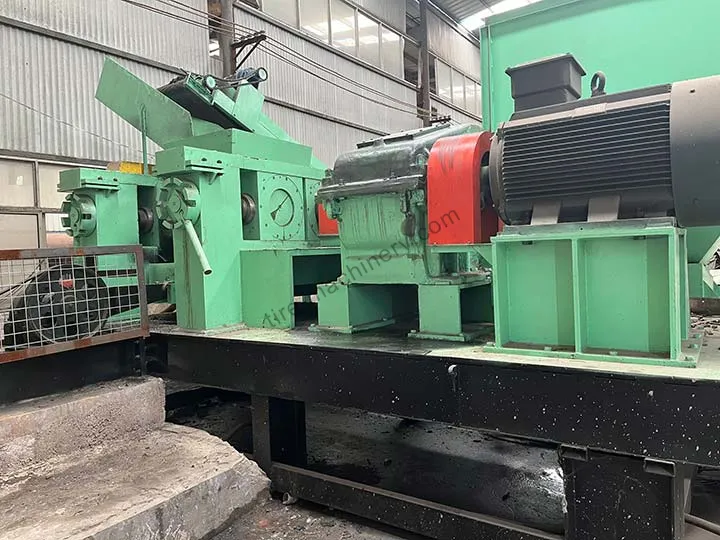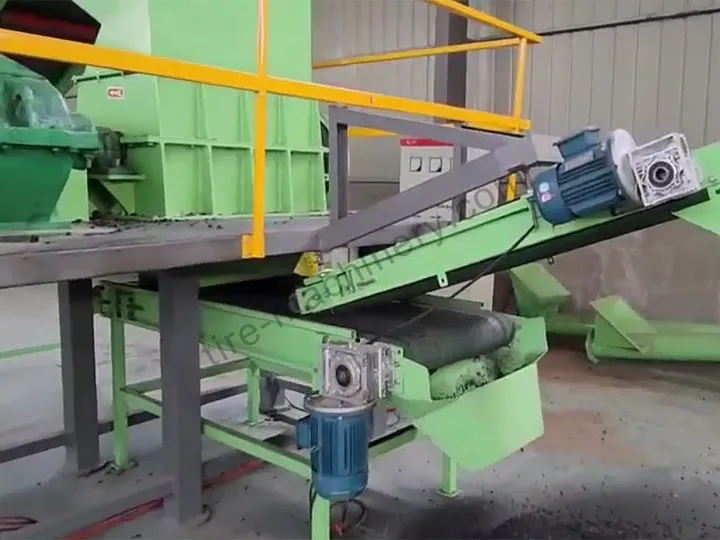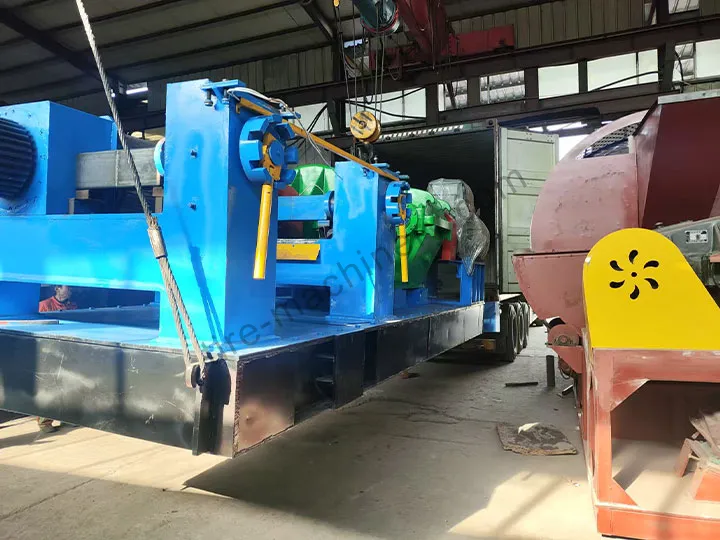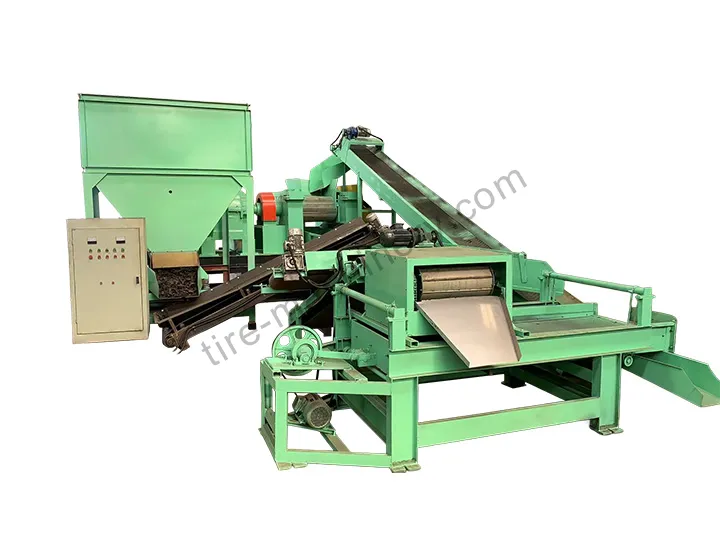Beyond Landfills: A Guide to Sustainable Tire Disposal
This article addresses the critical need for sustainable tire disposal by first outlining the significant environmental and health hazards of improper methods like landfilling, including pollution and fire risks. It then presents modern tire recycling as the definitive solution, detailing its key environmental benefits such as resource conservation and energy savings. The post elevates the concept by framing tire recycling as a cornerstone of the circular economy, transforming waste into valuable materials. Finally, it connects this green mission to the essential role of efficient technology, highlighting how advanced recycling lines make this sustainable practice possible.
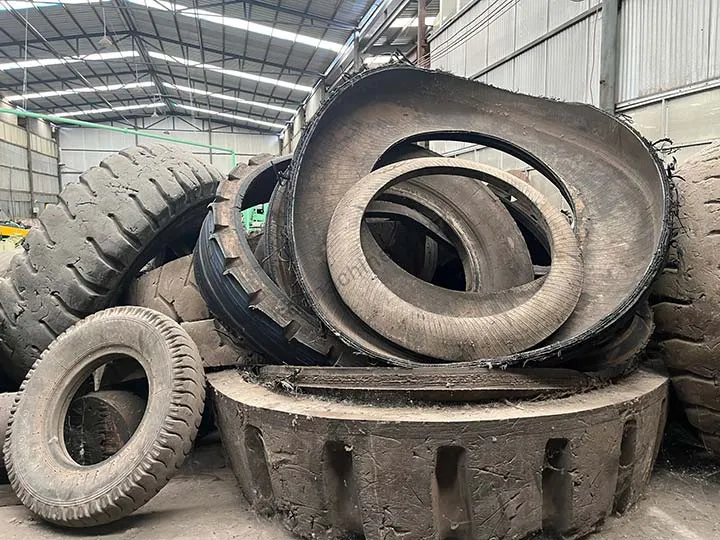
Each year, the global population discards over a billion end-of-life tires (ELTs). This staggering number presents a critical question: where do they all go? For decades, the default answer was the landfill, but this approach has proven to be an environmental dead end. The modern, responsible answer lies in sustainable tire disposal—a mission that transforms an environmental liability into a valuable resource.
This is not just about waste management; it’s about actively contributing to a healthier planet and a smarter economy.
The Hidden Dangers of Improper Tire Disposal
To understand the importance of recycling, we must first recognize the severe environmental problems with scrap tires. Simply burying or piling them up creates a cascade of negative effects.
- Tire Landfill Issues: Whole tires are bulky and non-biodegradable. They trap methane gas, which can damage landfill liners, and they consume vast amounts of valuable landfill space.
- Toxic Pollution: Over time, tires can break down and leach harmful chemicals and heavy metals into the soil and groundwater, causing long-term waste tire pollution.
- Fire and Health Hazards: Tire piles are a notorious fire risk. A tire fire is incredibly difficult to extinguish and releases a thick, toxic smoke that pollutes the air. Furthermore, stagnant water collected in tires becomes a perfect breeding ground for mosquitoes and other disease-carrying pests.
Tire Recycling: The Core of Sustainable Tire Disposal
Fortunately, there is a powerful alternative. The environmental impact of tire recycling is overwhelmingly positive, offering a direct solution to the problems listed above. This is what eco-friendly tire recycling achieves:
- Resource Conservation: Every ton of recycled tires saves significant amounts of natural resources. The process recovers steel for reuse and rubber that can replace the need for virgin materials derived from petrochemicals.
- Energy Savings: The energy required to produce crumb rubber from recycled tires is substantially less than the energy needed to create new synthetic rubber from scratch. This directly contributes to reducing the carbon footprint of manufacturing processes.
- Pollution Prevention: By diverting tires from landfills and illegal dumps, recycling directly prevents soil and water contamination.
Beyond Recycling: Building a Circular Economy
The most profound benefit of recycling is its role in building a circular economy for tires. This model moves beyond the linear “take-make-dispose” mindset. In a circular system, ELTs are not treated as waste but as feedstock for new products.
This is the essence of a sustainable business practice. The rubber powder and granules recovered become sustainable materials for new roads, playground surfaces, athletic tracks, and molded goods. This “closes the loop,” ensuring that the valuable resources locked inside old tires are continuously reused, creating economic value while protecting the environment. This approach is increasingly supported by government incentives for recycling and strong environmental regulations for tires.
The Role of Technology in a Greener Future
This green mission is powered by innovation. The ability to efficiently and cleanly transform whole tires into pure, high-value materials is not magic—it’s the result of advanced engineering.
This transformation is made possible by sophisticated, tyre recycling lines that handle every step of the process, from shredding to separation. At the heart of this process are [blue link]advanced rubber tire grinders that use high-torque rollers to mill rubber chips into precise grades while separating out every last bit of steel and fiber. The energy efficiency of this equipment is itself a key part of the sustainability equation.
The path to sustainable tire disposal is clear. It requires a shift in perspective—viewing old tires not as trash, but as a resource. By embracing modern recycling technology, businesses can join this green mission, building a profitable enterprise that actively contributes to a cleaner, more sustainable future for everyone.

